 In this week’s Story Club, my young writers workshop, we investigated distance from our protagonist. Do we start a scene describing the rooftops of a town, zoom in to a house, and zoom in further to the character and what they are doing? This way of ‘setting the scene’ is often used in films. I suggested the young writers take a scene, either a wintery one I supplied a picture of, or their own scene. And zoom in, in the way I demonstrated, or play with zoom in and out in their own way. As usual they had their own vivid and excellent ideas in mind. One young writer wrote two short scenes that happen at the same time. One, from a character at the top of the Eiffel Tower, lit up on a wintery night. The second scene was linked to the same wintery night in Paris, from a young girl inside her house, the lights of the tower winking outside her window. This was an interesting way of showing two characters with literal distance through space. A second young writer wove a beautiful scene set in Victorian London (starting a chat about the word ‘smog’ and what it means, too). The scene began with a rich house being set up for the morning, and zoomed in to the nearby dockyard where our poorer protagonist was getting ready for her morning fish-related work. I found this an amazing way to empathise with the protagonist and also understand her context of class struggle. A similar type of empathy was evoked by a description of a cold, remote snowy forest zooming in to a small, pink baby all wrapped up in a bundle. The context of that tiny, vulnerable baby in the vast, freezing forest immediately sparked my concern for the little one. So many wonderful story ideas came out of this workshop. I felt lucky to witness them! Thanks to the young people who shared their writing.
0 Comments
In this week’s young writer’s workshop we took the perspective of an animal that swims, flies or digs. What would it feel like to fly? ‘Free,’ one writer suggested. ‘Powerful - you could look down on everyone,’ said another. And swimming, what would that be like as a whale or fish? We wondered what they smell underwater. (Did you know fish have a great sense of smell?)
We also discussed moles. The only one in our group who has touched a mole has felt lots of them. They are silky, so soft and she confirmed their long, thick claws. Unfortunately she knows this because her cat catches them! Moles and field voles dig, burrow underground. It is amazing to think of their underground world, the network of tunnels they live in and travel through. Stories that came out of this session included:
The Autumn Equinox here in the northern hemisphere is a gateway from summer to autumn, a time of equal dark, equal light with 12 hrs of night and 12 hrs of day. At this week’s Story Club, my workshop for young writers, we embraced the change of the season through poetry. I’m always amazed that in just one short session, the group can concoct some beautiful writing. I asked if I could show some poems, scratch-outs and all. I love seeing how poems manifest, and seeing the process in action. Here is a poem focusing on the weather change, and the joy of running over crunching leaves. Other poems brought in smells of woodsmoke, sleepy squirrels curled up against the cold, people jumping in piles of leaves. Leaves were a big hit in this Story Club! So were little creatures such as squirrels. A general feeling of joy was with us when we brought the coming Autumn to mind. But some of us also were in tune with darker images connected with the dramatic change. The next poem is from Amber who joined us via Zoom. She typed it up and let me know I could share it. Embracing all feelings of Autumn helps me put down the summer and enter the new season. Both the joy and the loss, the light and the dark, are part of this change of season. I hope the group feels more connected to the coming Autumn. And a big thanks to everyone who shared their poems!
|
Details
AuthorThis is the blog post of children's author Giulietta M. Spudich. Archives
March 2023
Categories |
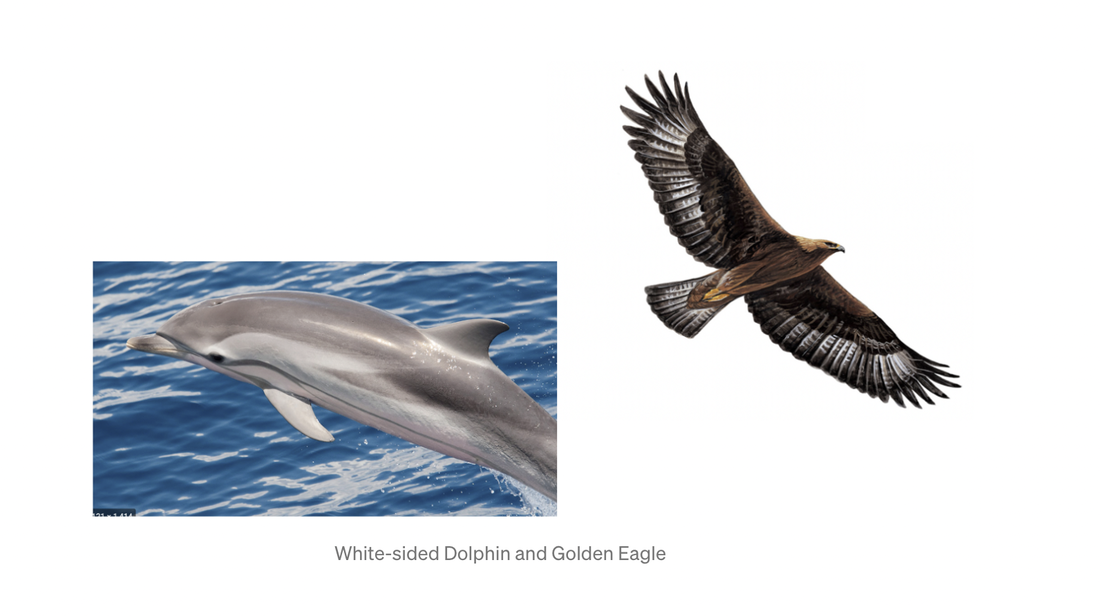
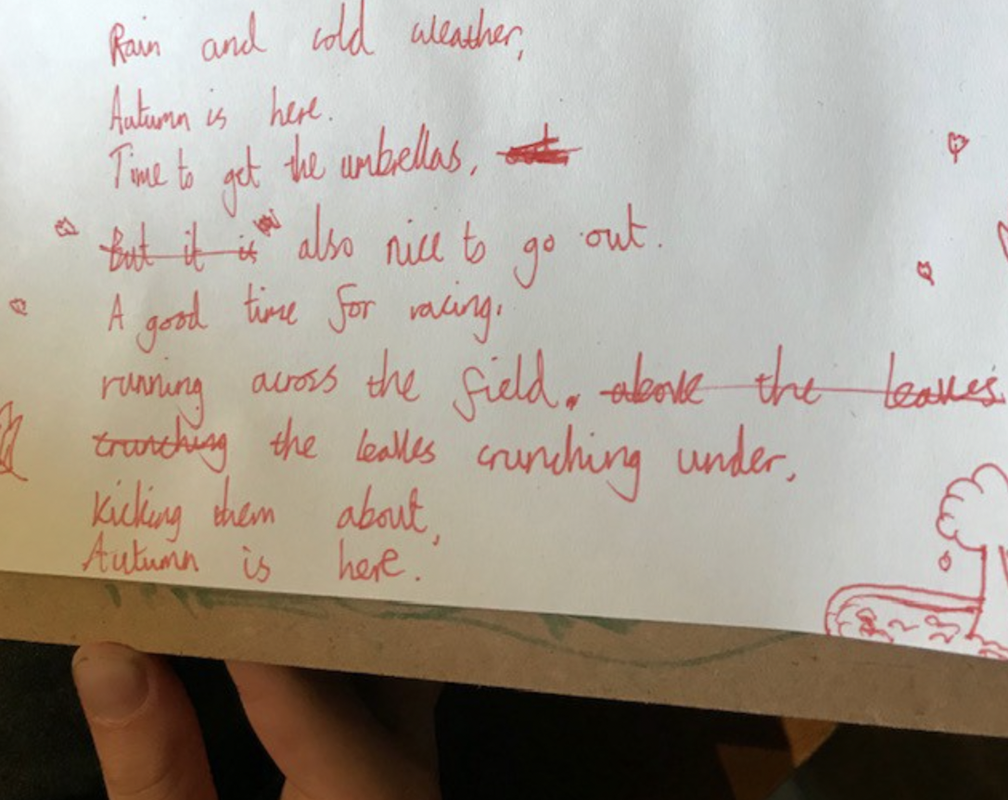
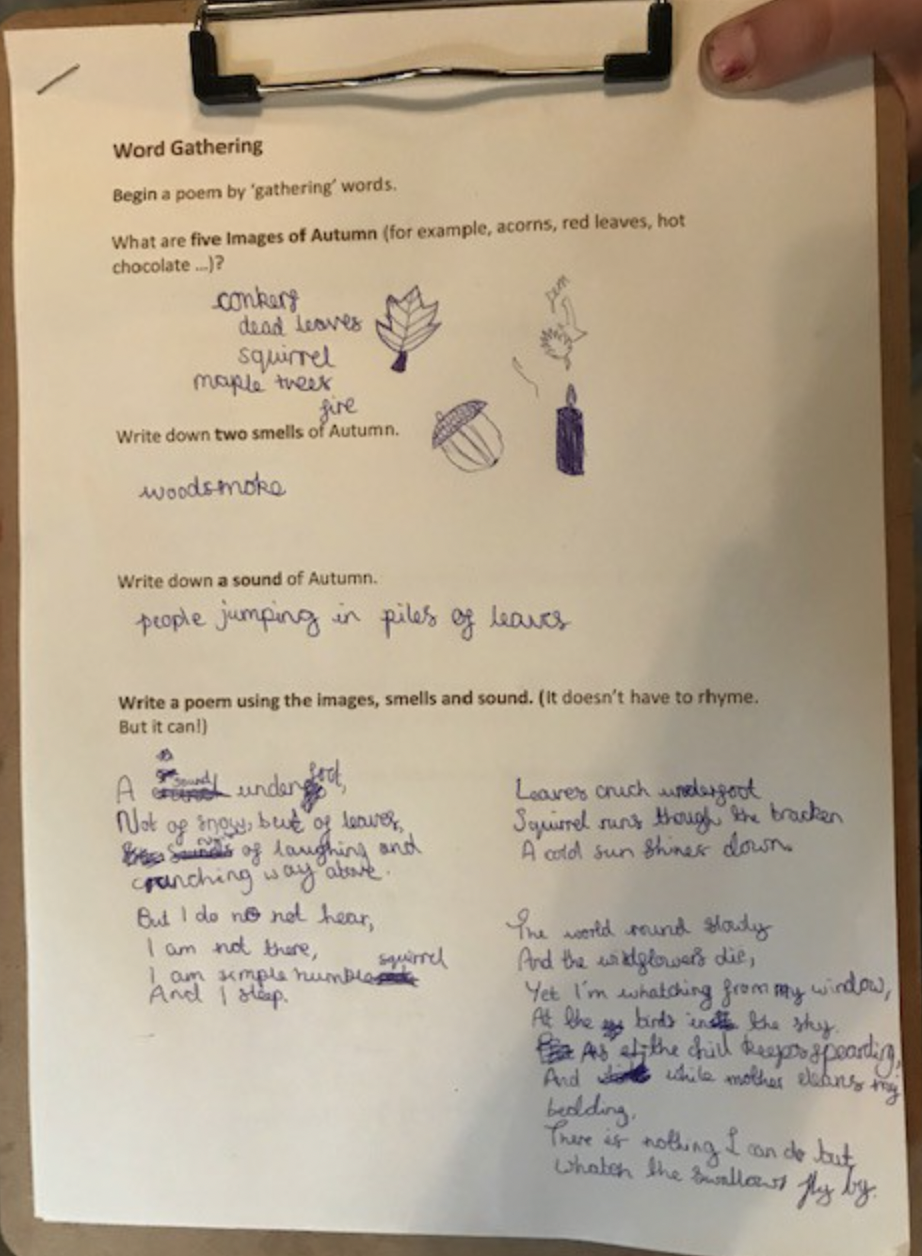
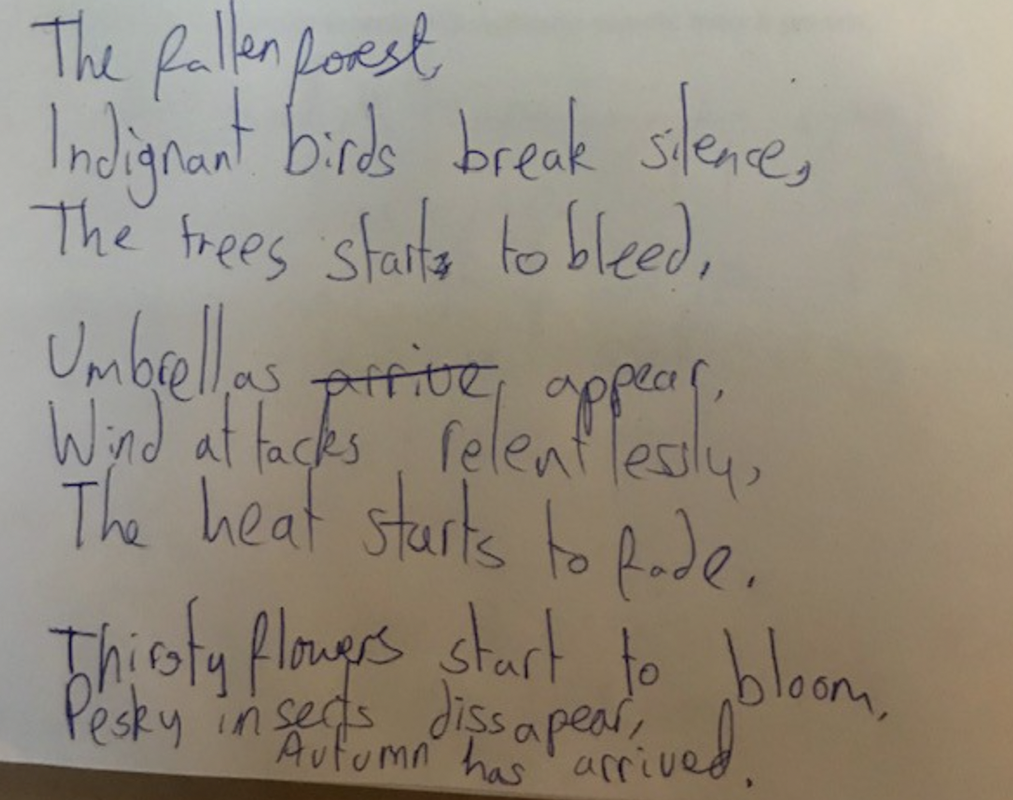
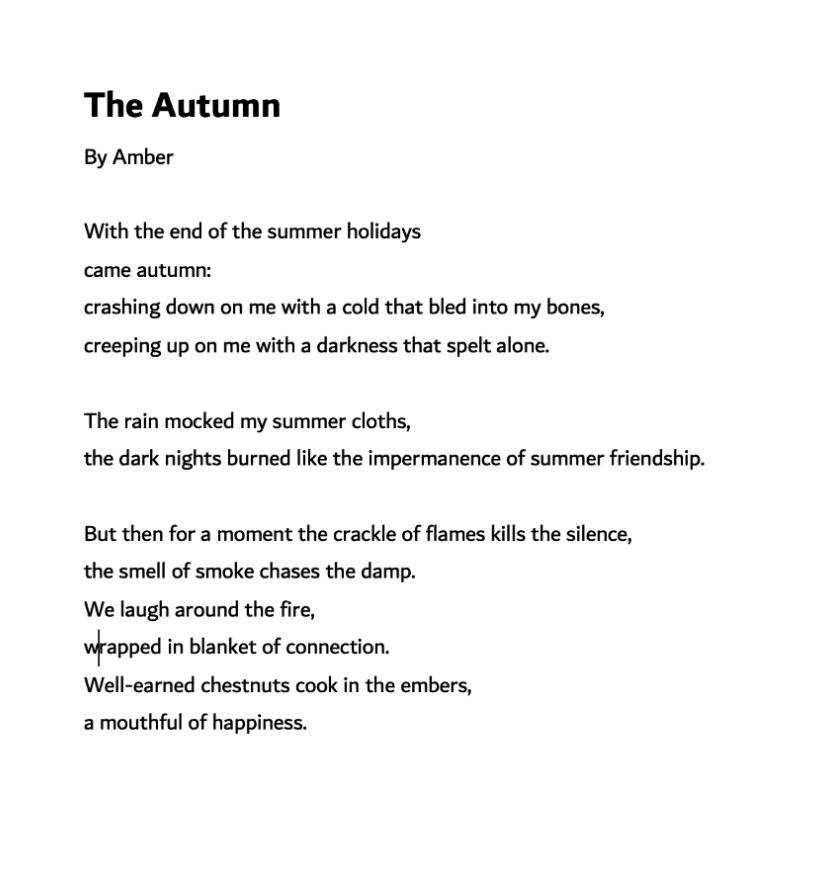
 RSS Feed
RSS Feed